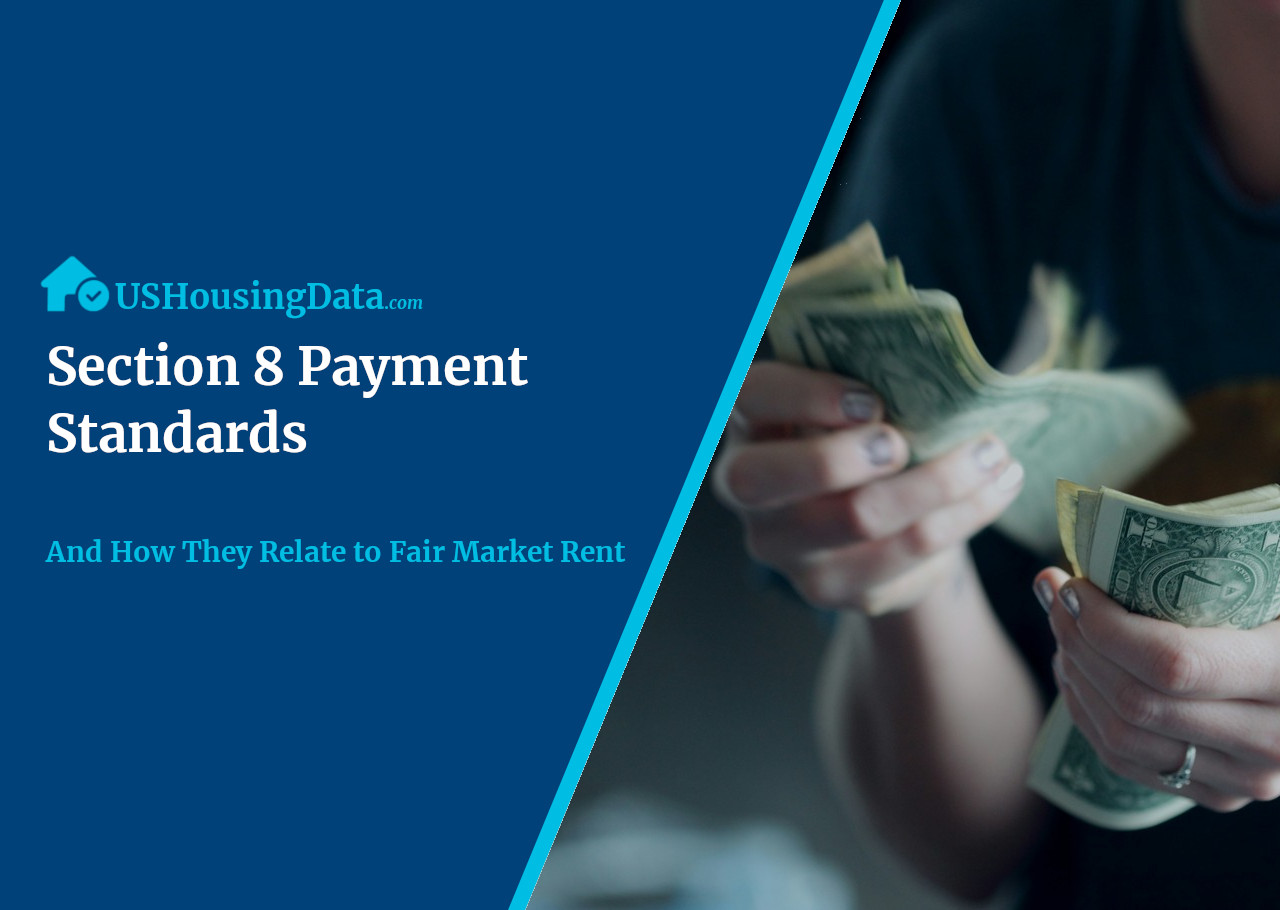
What is a Payment Standard?
A Payment Standard is the maximum monthly assistance given to a section 8 voucher family. Payment Standards are set by the local PHA. The PHA publishes a list of Payment standards for their area based on bedroom size. This list is called the payment standard schedule. Payment standards are based on an area’s Fair Market Rent (FMR) or Small Area Fair Market Rent (SAFMR).
How Are Payment Standards Related to FMRs and SAFMRs?
An area’s local PHA typically sets Payment Standards within the range of 90% to 110% of the area’s FMR or SAFMR. This range is known as the basic range. The basic range is not always suitable for the goals of a PHA. Sometimes special payment standards must be created to ensure PHAs can adequately meet the needs of voucher families in their areas.
Options For PHAs That Find the Basic Range Unsuitable
If the PHA operates in an area with published SAFMRs that are lower than the area's FMR they may opt to use SAFMRs in place of FMRs for desired ZIP codes. The PHA may then use the SAFMRs to set payment standards within the basic range in place of FMRs. The PHA must notify the HUD for this option but does not require approval.
PHAs may also request that HUD approve a payment standard higher or lower than the basic range of the established FMR for designated parts of the FMR Area. This option is often used for areas without published SAFMRs but is still an option for all PHAs. HUD can even approve exception payment standards upwards of 120% of an area's FMR.
These solutions are known as exception payment standards. The areas they are applied to are known as exception areas. Exception payment standards will only be approved by HUD if:
- They are required to help low income families find decent, safe, and affordable housing outside of concentrated areas of poverty
- Voucher families are struggling to find housing to lease under section 8
What are the Goals PHAs Set Payment Standards to Meet?
PHAs want to strike a balance. PHAs want to maximize the number of families they can help while also maximizing the amount of help they can give to each family. If PHAs help families too much they will not have enough budget to help as many families as they can. If PHAs help more families than they can handle they will end up giving very little assistance to families on an individual level.
Cons of Extreme Payment Standards
Too High:
- Less of a PHA’s budget can be spent on housing more voucher families
- Rent burden may be more than 30% of a family’s income
- Families will have lower housing choice since they are getting less assistance
- Families will have a harder time finding suitable housing
Calculations
Gross Rent = Contract Rent + Utility Allowance
Basic Range = 90% to 110%
Payment Standard = FMR or SAFMR × Basic Range
Total Tenant Payment = Greatest of:
- 30% of adjusted monthly income
- 10% of monthly income
- Welfare rent from a public agency
- Minimum rent set by PHA
Lower of (Gross Rent or Payment Standard)
− Total Tenant Payment
Housing Assistance Payment
Higher of (Gross Rent or Payment Standard)
− Housing Assistance Payment
Family Share
Examples
Imagine you are a section 8 voucher looking for housing. Your family adjusted monthly income is $900. The FMR for a two-bedroom apartment in your area is $1,000 and the payment standard is set at 105% by your local PHA. Let's say that the contract rent for the apartment you are looking at is $1,100 and the utility allowance is $50.
This is all the information we would need to calculate the price you pay for rent under section 8. If we plug these values into our formulas we get:
Gross Rent ($1,150) = Contract Rent ($1,100) + Utility Allowance ($50)
Payment Standard ($1,050) = FMR or SAFMR ($1,000) × Basic Range (105%)
Total Tenant Payment ($270) = 30% of adjusted monthly income ($900)
Housing Assistance Payment ($780) =
Payment Standard ($1,050) −
Total Tenant Payment ($270)
Family Share ($370) =
Gross Rent ($1,150) −
Housing Assistance Payment ($780)
The family share is $100 over the Total Tenant Payment. This means the family must pay this extra $100 monthly all on their own in addition to the Total Tenant Payment of $270 monthly. The total amount the family must pay per month is $370.
The family rent burden is equal to $370/$900 = 41.1%. This means the family cannot move into this housing unit at initial move. Any voucher family with a rent burden above 40% is considered rent burdened and cannot move in at initial move.
If the payment standard was higher or if the gross rent were lower the family in this example may have been able to rent this housing unit without being considered rent burdened. The minimum a family can pay is the Total Tenant Payment. This occurs when the payment standard is equal to or greater than the gross rent.
Alan Reed

Alan is a real estate investor based in Northeast Pennsylvania with experience renovating and operating everything from single-family rentals to strip malls and storage facilities.
January 01, 2022 (Updated April 22, 2024)
